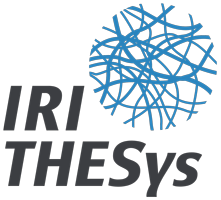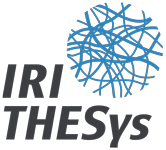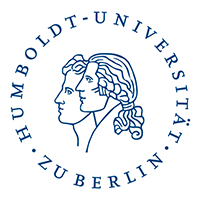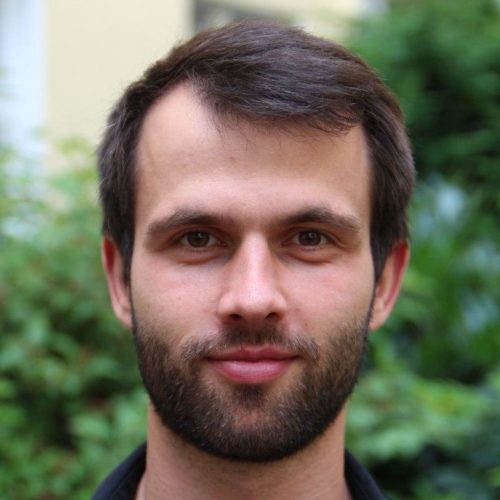PhD Project
The competition for land resources has been growing over the last decades and led to changing ownership structures in the agricultural land market, such as a rising concentration of land in the hands of fewer actors. High concentration of land ownership in agriculture might affect the viability of rural areas and disadvantage especially smaller farms. However, little is known about the actual ownership concentration in Europe in general and in Germany in particular, despite the importance of land ownership distribution for the farming sector and for rural areas and its implications for land use and farming structures.
Clemens’ doctoral study will analyse the relationship of ownership structures on land use, using the federal state of Brandenburg, Germany, as a test case. In a first step Clemens will derive the land ownership concentration of various ownership groups at municipality level and the share of rented and owned land at farm level from cadastral data. Then he will estimated yields at farm and field level with help of a crop growth model and remote sensing time series for the main crops in Brandenburg. In a last step he will intersect the resulting datasets to study the influence of land market structures on land use intensity over a larger region.
The research is part of the DFG research group “Agricultural Land Markets – Efficiency and Regulation” (FORLand) which deals with the functioning and efficiency of agricultural land markets and land market regulation.



